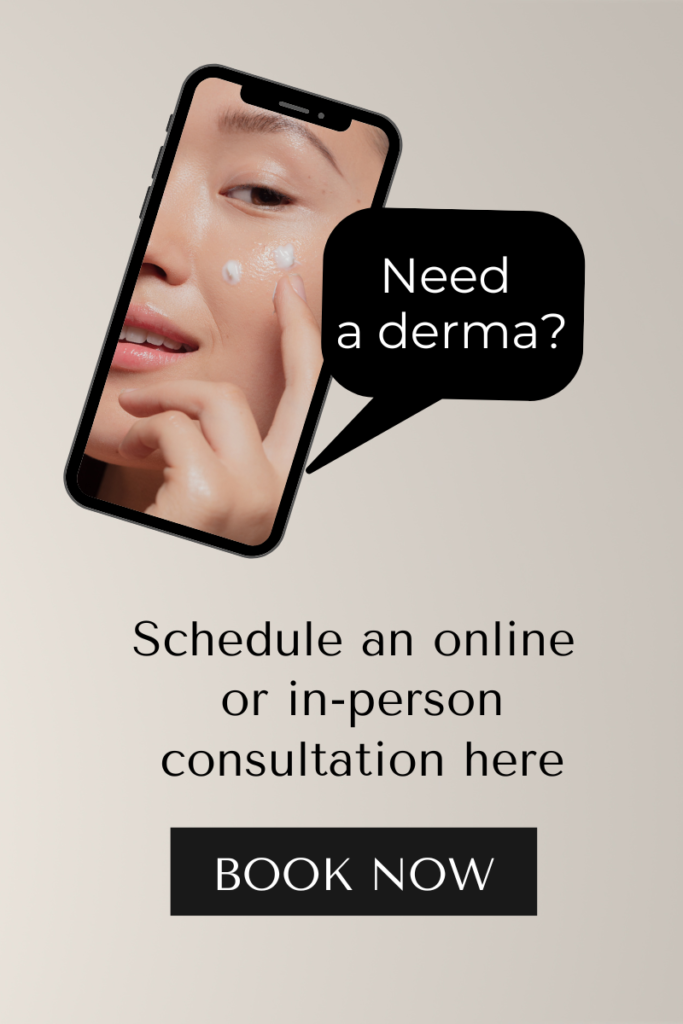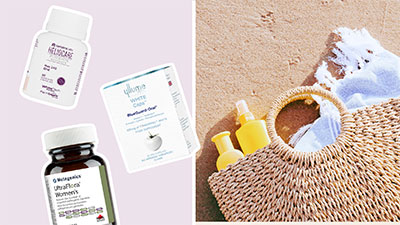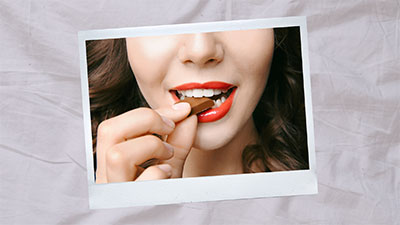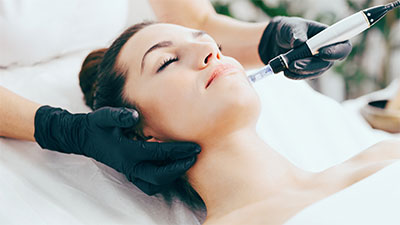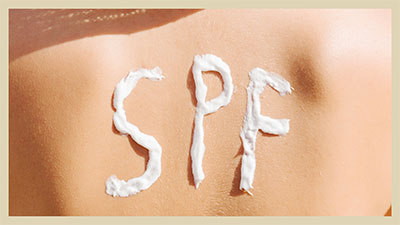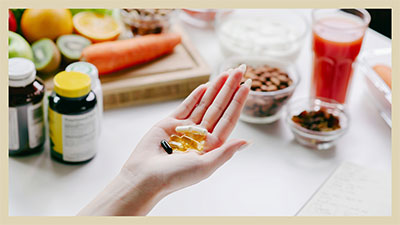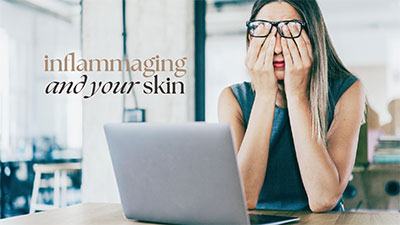Do I Have Warts? Here’s How To Spot Them and What To Do
A no-fuss guide to those pesky bumps.
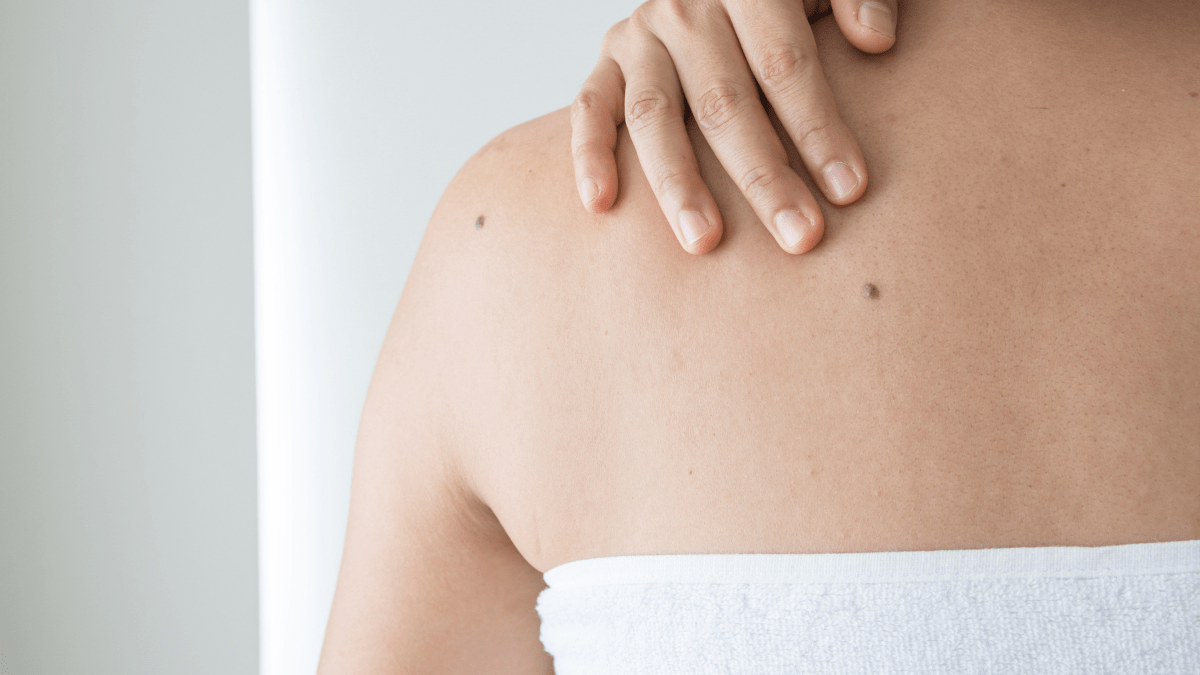
Warts. They’re something we all dread as we’ve been conditioned to think of them as something that makes one immediately displeasing; a skin dilemma we’re often too embarrassed to talk about despite being incredibly common. But, what are they, really? And can you spot one when you see one?
Verruca, or more commonly known as warts, are benign growths on the surface of the skin. “They are caused by the Human Papilloma Virus (HPV),” says Dr. Maximin Navarro, Bella Pelle’s resident dermatologist and a Philippine Dermatological Society (PDS) fellow. There’s a stigma that comes with this, but it’s important to keep in mind that not all HPV infections are sexually transmitted. Moreover, while warts are benign skin lesions, they are infectious. That said, it’s good to be able to spot a wart early on before it multiplies and becomes a real problem.
There are different types of warts, categorized depending on their appearance and location. Here are the common kinds you need to know:
Common Warts
Common warts are usually confused as skin tags, because they’re small and flesh-colored, and usually appear on your hands and feet. What sets them apart are small black dots that are actually clotted blood vessels.
Plantar and Palmar Warts
Foot warts, or plantar warts, appear on the soles of the feel and are often mistaken for calluses. They’re just as tough-looking and have a yellowish tinge, and usually have tiny black dots on them. They’re common in people who do a lot of barefoot activities, like ballet dancers and gymnasts, and are usually contracted by walking barefoot in public places like gym shower rooms and pool areas. Palmar warts, meanwhile, appear on the palms of the hands.
Flat Warts
As the name suggests, these warts are flat, smooth, and have a flesh to greyish color. They appear on the face, neck, hands, and other locations often exposed to the sun.
Filiform Warts
Referred to as the “witchiest” type of wart according to Dr. Navarro, they look like brush bristles and often grow on the face, around the eyes, lips, nose, or mouth. They’re usually isolated and do not grow in clusters, but they can grow quite quickly. They’re about 1 to 2 millimeters long and can be brown, pink, yellowish, or flesh-toned.
Anogenital Warts
These are small, flesh-colored bumps or cauliflower-like growths that affect the moist tissues of the genital area and/or around the rectal area. In most causes, they’re too small to be visible but can cause discomfort and itching. Since these are often transmitted through sexual activity, it’s important that patients with anogenital warts be checked for other coexisting sexually transmitted diseases like syphilis and HIV.
Dealing with warts
Now that you know how to spot a wart, the next step is determining how to manage them. The good news: Treatment is relatively simple in most cases. Here are some options:
Electrocautery
Cautery is the most common treatment for warts, and is done at the dermatologist’s clinic. It uses electricity to heat up a needle to burn the wart and remove it. A local anesthetic is applied for a pain-free procedure.
Immune Modulators
This involves the use of topical creams such as Imiquimod, a prescription medication, directly on the warts. It helps increase the activity of your body’s immune system to help it get rid of the growth. It’s often used to treat external warts in intimate areas.
Laser Treatments
A number of new laser treatments, such as carbon dioxide laser, can treat warts and reduce the possibility of scarring. The pulse dye laser is a similarly effective treatment that is best for flat warts or for those on the feet.
Acids
Salicylic acid peels the skin away in layers, removing the warts over time, says Dr. Navarro. The acid also irritates the wart area, which then encourages the immune system to respond to the virus.
Other acids used for the treatment of warts are diphencyprone, dinitrochlorobenzene, and squaric acid.
Cryotherapy
The inverse of electrocautery, cryotherapy machines freeze the wart off instead of heating it. It involves the use of liquid nitrogen and extreme cold temperatures to freeze and destroy the wart.
Immune System Boosters
Our body’s immune system attacks and destroys most virus infections, and this includes the virus that causes warts. But since the growths occur on the surface of the skin, it usually takes a while before the immune system discovers the infection and responds to it. To help your body naturally eliminate warts, it pays to boost the immune system by ensuring proper nutrition and taking dietary supplements.

Try: Metagenics Immune Active, P2,300
This provides high-potency vitamin C and zinc, and features quercetin, NAC, and EGCG to help support a healthy immune response and promote antioxidant processes.
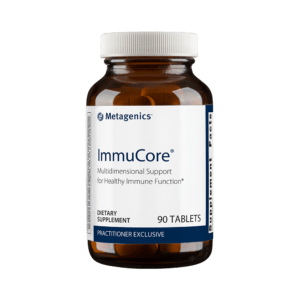
Try: Metagenics Immucore, P2,200
A multi-dimensional support for a healthy immune system, this features Ultra Potent-C®—developed for enhanced cellular uptake of vitamin C—combined with zinc, vitamin D, and a concentrated blend of mushroom extracts.

Try: Metagenics Phytoganix, P3,400
Designed to support intestinal health and immune function, this features 20+ whole foods in each serving, including: organic fruits, organic vegetables, organic flax seed, organic chia, organic quinoa sprouts, herbs, plant enzymes, prebiotics, and probiotics.
When dealing with warts, it’s always good to seek help from a dermatologist so that you can manage them properly. And though their presence is hardly considered a medical emergency, it’s important not to ignore them to keep them in control and eliminate them completely.
For a professional skin assessment and for customized treatments, you can book a virtual dermatological consultation with Dr. Navarro here. Wart treatments available include electrocautery, prescription medications, immunomodulators, as well as laser treatments. You can also inquire at the Bella Pelle Skin Solutions Center via (+63) 999-887-1944.
For more beauty and skincare tips, subscribe to our newsletter:
SHOP OTHER PRODUCTS:
 Metagenics Ultra Potent-C 1000, P2,200 |
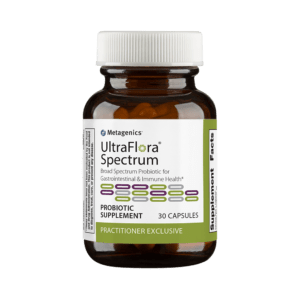 Metagenics UltraFlora Spectrum, P3,000 |
 Metagenics D3 2000 Complex, P1,500 |
 Pure Encapsulations Probiotic 50B |
RELATED READS:
- Beauty FYI: There’s Hope For Chicken Skin
- Here’s How To Tell If Your Acne Is Actually Rosacea
- How To Tell If You Have Psoriasis—And How To Deal

